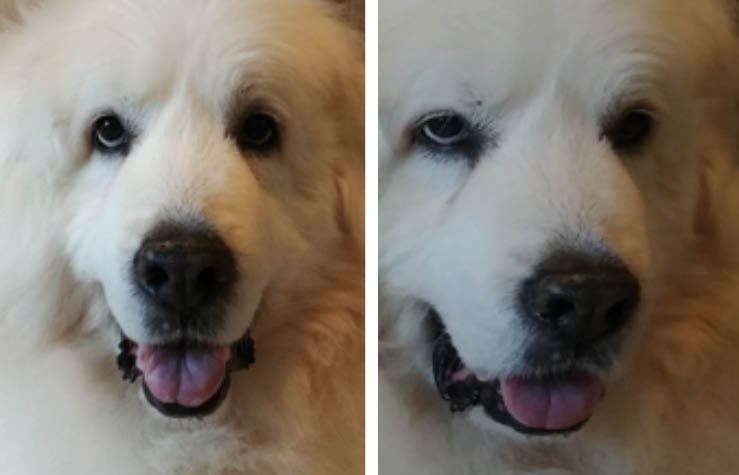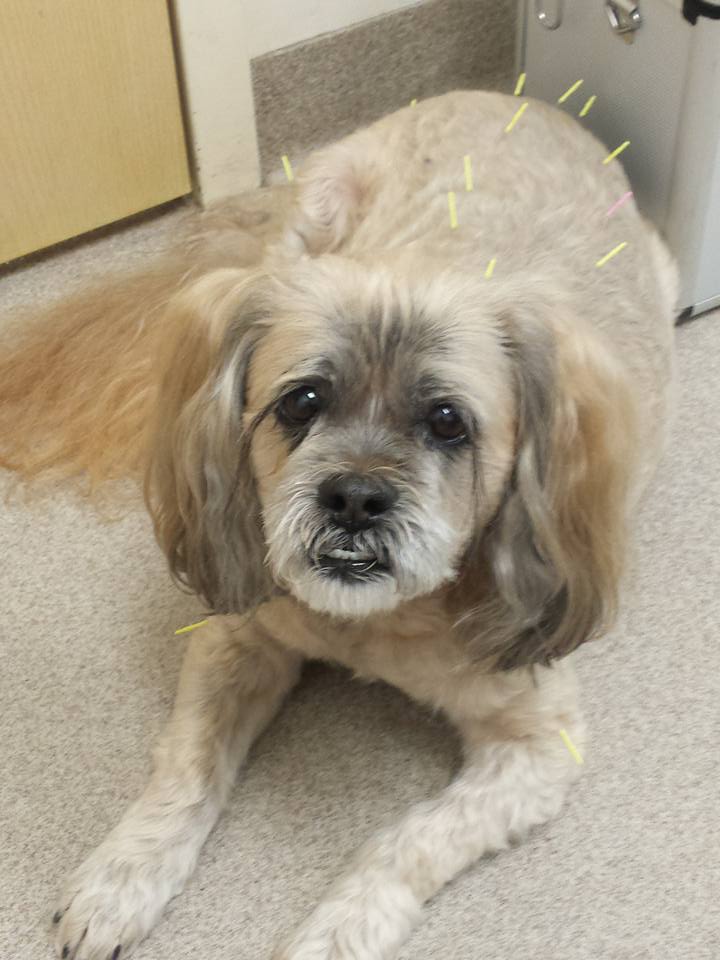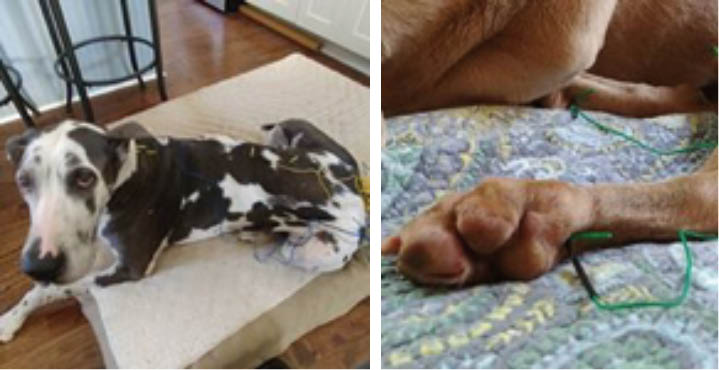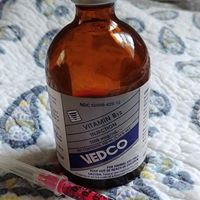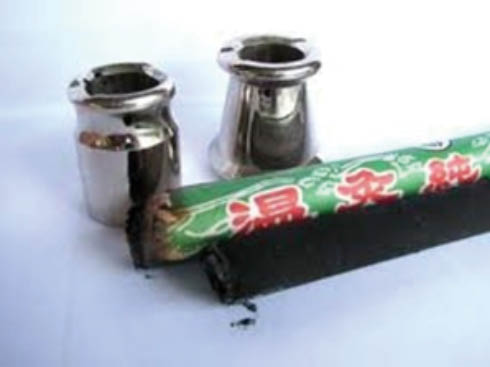Acupuncture Techniques Used to Treat Pets

Acupuncture is an ancient Chinese medical practice that can be used to treat a variety of health problems, both physical and mental, and it can help improve your emotional well-being. Many people have experienced first-hand the benefits of acupuncture – relief from chronic pain, depression, anxiety, headaches, allergies, digestive problems, and more.
This spring, we’ve been featuring a series of posts by Dr. Ruth West, a Certified Veterinary Acupuncturist and owner of Karma K9 Mobile Acupuncture. These posts help you understand what acupuncture is and how it may be able to help your pet.
In our final post of the series, Dr. West explains a little bit about the process of diagnosing with acupuncture and provides more information about common acupuncture techniques.
Diagnosing with Acupuncture
Acupuncture is a fascinating practice that differs in many ways from conventional veterinary medicine. Instead of using a stethoscope, thermometer, or otoscope, the veterinary acupuncturist uses the color of the tongue, the strength of the pulses, and the palpation of the body to help diagnose your pet.
For example, a purple tongue color indicates stagnation or pain. A pale, cracked tongue can mean the pet is anemic or energy deficient. A bright red tongue can indicate excess or fever.
Let’s look at an example
In the first picture, before her acupuncture session, Addie’s tongue looks pale, “deflated” and has deep cracks. In Traditional Chinese Veterinary Medicine (TCVM), this indicates Addie is Yin deficient. The picture on the right shows Addie’s tongue after treatment. It is subtle, but see if you notice the color is a bit darker pink, and it looks “plumper.”” You’ll also notice how relaxed she is (look at her eyes!). Pets receive a nice release of “feel good” hormones, called endorphins, during an acupuncture session. Her nose is also dripping slightly, a sign that we got some good energy flow during the session. Fascinating, isn’t it!?
Common Techniques
There are several techniques a veterinary acupuncturist can use during a session. Below is a brief description of each.
- Dry needle: In this technique, small sterile needles are inserted into a variety of points selected by your practitioner. This is the most ancient technique and most commonly used among acupuncturists. Here Sammy is receiving dry needle treatment for his arthritis pain. Can you see the little yellow needles?
- Electroacupuncture: In this technique, dry needles are placed, then electrodes are attached to carry a small pulse of electricity through the needle and across a painful area. This can help stop pain messages from reaching the brain and give instant relief. Electroacupuncture can also be used to stimulate nerves to transmit signals to the brain better. This works well for pets who are paralyzed or weak.
- Aquapuncture: This technique involves injecting a small amount of liquid, usually Vitamin B into the acupuncture point. The B12 stimulates the point longer for a long-lasting effect.
- Moxibustion: If your pet suffers from arthritis and seems worse in the colder months, a veterinary acupuncturist can use a moxa stick to carefully warm the points. Using a tightly compressed stick composed of herbs, the practitioner holds it over the needles or just the point on the body to increase blood flow and warm the area. Most dogs find it very relaxing!
Ask your veterinarian if acupuncture can help your pet!
Ruth West
Doctor of Veterinary Medicine
Certified Veterinary Acupuncturist
Certified Canine Rehabilitation Practitioner
Owner of Karma K9 Mobile Acupuncture
www.karmakanine.com
karmak911@gmail.com


